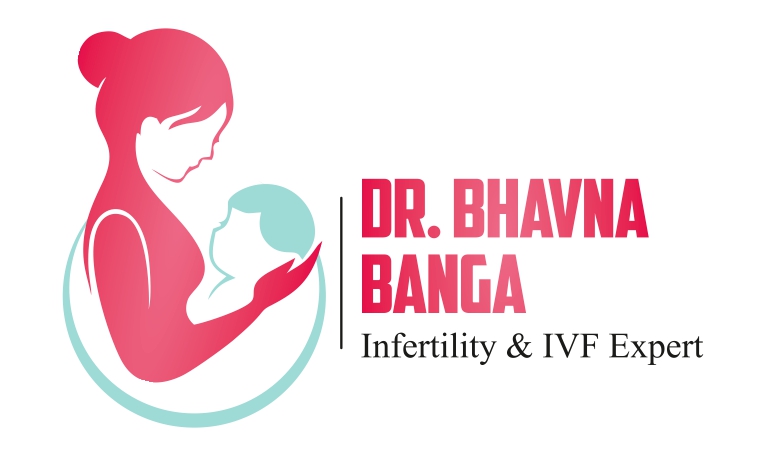Step 1: INITIAL CONSULTATION WITH THE CLINICIAN
Step 2: Egg Donor Matching
When a couple decides to use donor eggs, they can view the pre-screened pool of egg donors online, and select a candidate from the pool. A tentative donor egg match is made when a recipient decides to move forward with a specific donor. Our IVF coordinator will contact the egg donor to confirm her availability. If the egg donor is available for the recipient’s desired time frame and passes an FDA-required round of testing, an official match is made. Some donors are selected and matched to a recipient very quickly after they apply; others may take months or years before they are selected; still, others may never be selected.
Step 3: Suppression and Ovarian Stimulation for the Egg Donor
The egg donor will self-administer daily injections of a medication called Lupron to suppress her natural cycle so that she and the recipient’s cycles are synchronized. During the ovarian stimulation phase, the egg donor uses daily injections of gonadotropin to stimulate her ovaries. In a natural cycle, only one egg matures; gonadotropins injections encourage more than one egg to mature for retrieval.
During ovarian stimulation, the egg donors are monitored closely through blood tests and ultrasound, ensuring that the ovaries are responding well and not going into hyperstimulation. This means that egg donors need to visit our center on the Upper East Side of Manhattan frequently during this phase. (Long-distance donors go to collaborating IVF centers that are local to them.) These monitoring sessions are scheduled in the early morning in order to avoid interfering with the donor’s’ daily schedule of school and work.
Step 4: Endometrial Lining Development for the Donor-Recipient
On the recipient’s side, a favorable uterine environment, especially an endometrium of at least 7 mm, is crucial to the success of a donor egg cycle. While the egg donor develops eggs for retrieval, the recipient takes estrogen and progesterone to prepare her endometrial lining for implantation. Developing the endometrium for embryo transfer is usually not a problem.
In rare cases, some patients have difficulties in reaching minimal endometrial thickness and may require special treatments. Fortunately, CHR has demonstrated special expertise in this area. Some patients with autoimmune abnormalities may use additional medications to improve the chance of implantation.
Step 5: Triggering Ovulation and Egg Retrieval for the Egg Donor
When the ultrasound imaging shows that the donor’s eggs have sufficiently developed, the donor will be instructed to trigger ovulation with an injection of hCG. Two days later, her eggs are retrieved in a short in-office procedure, called egg retrieval. While the donor is asleep (under I.V. sedation), one of our physicians will use aspiration needle, guided by ultrasound, to transvaginally retrieve the eggs. The donor will be required to take the rest of the day off to recover.
Long-distance donors will be required to travel to our center in New York City for 3 nights and 2 days for egg retrieval. (Travel costs will be covered.)
Step 6: Fertilization and Embryo Transfer for the Recipient
The retrieved eggs are fertilized with partner’s or a donor’s sperm. If using fresh sperm, the partner will need to visit CHR to produce a sample at this time. The embryos that result from this fertilization are incubated and graded. Normally, embryos are transferred into the recipient’s uterus on day 3 after donor egg retrieval (on rare occasions on day 5). For our recipients working with our center’s egg donor program from outside the NYC metro area, this is the only time they need to be in NYC for the entire cycle. The rest can be managed locally.
Step 7: Post-Retrieval Checkup for the Donor and Pregnancy Tests for the Recipient
The donor will be required to return to our center for a post-retrieval checkup so that we can make sure that the donor is recovering properly from both the ovarian stimulation and retrieval. In most cases, donors have no problem returning to normal in a day or two after egg retrieval, and if this is not the case, our clinical team closely monitor the donor’s progress and stay in touch with her until the donor fully recovers. From the start of the Lupron injections to egg retrieval, egg donation is a 3-5 week process for most of the egg donors.
Recipients will have a pregnancy test two weeks after the embryo transfer, via a blood test that measures the level of hCG. After two normally rising hCG tests and an ultrasound demonstrating a pregnancy, recipients are “discharged” to their obstetricians for prenatal care.
